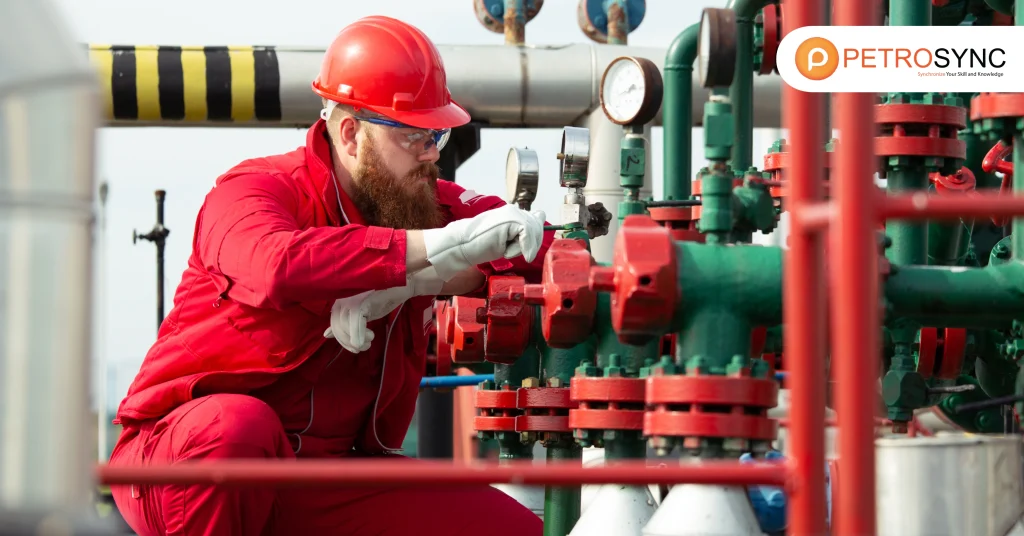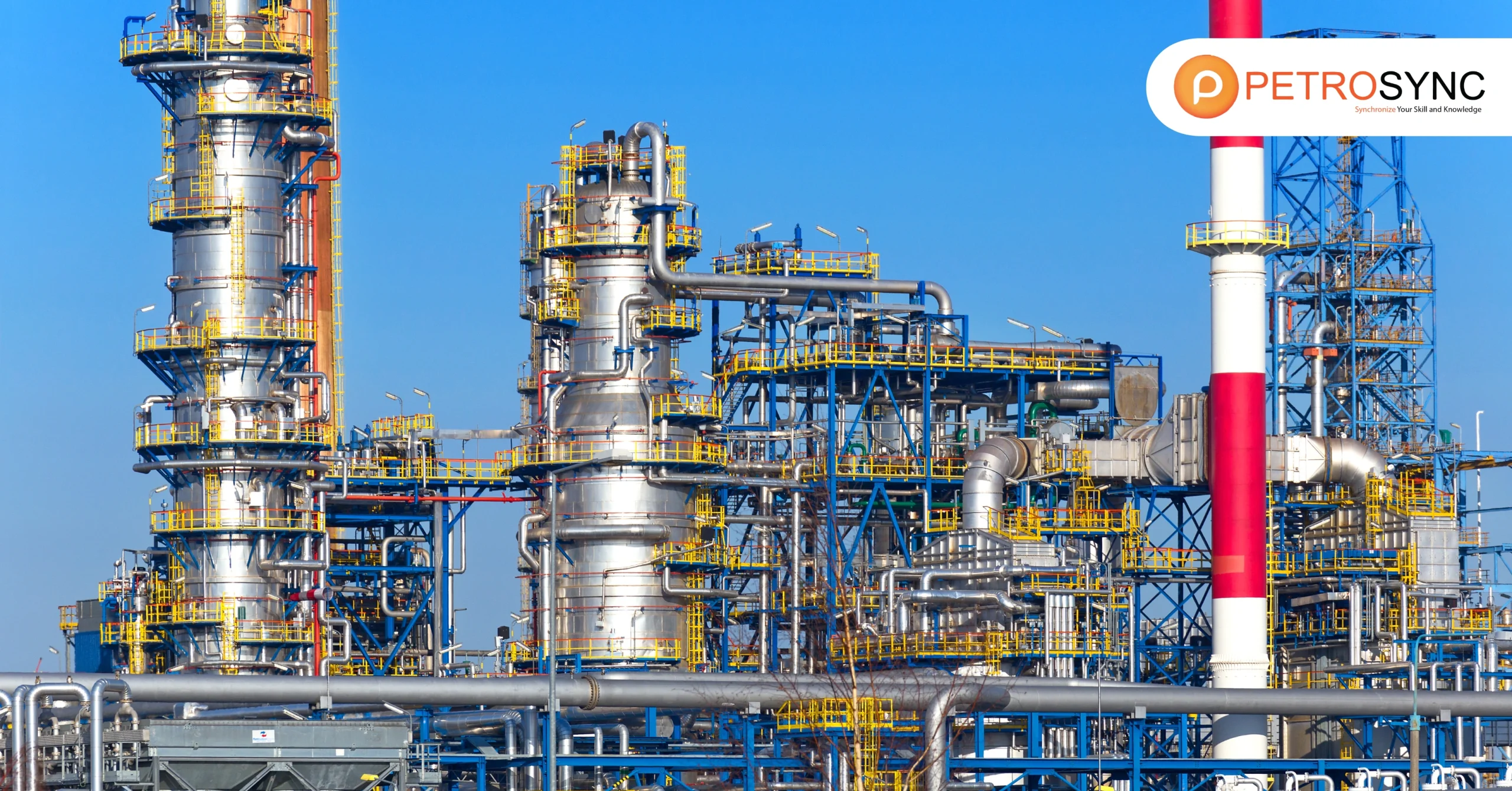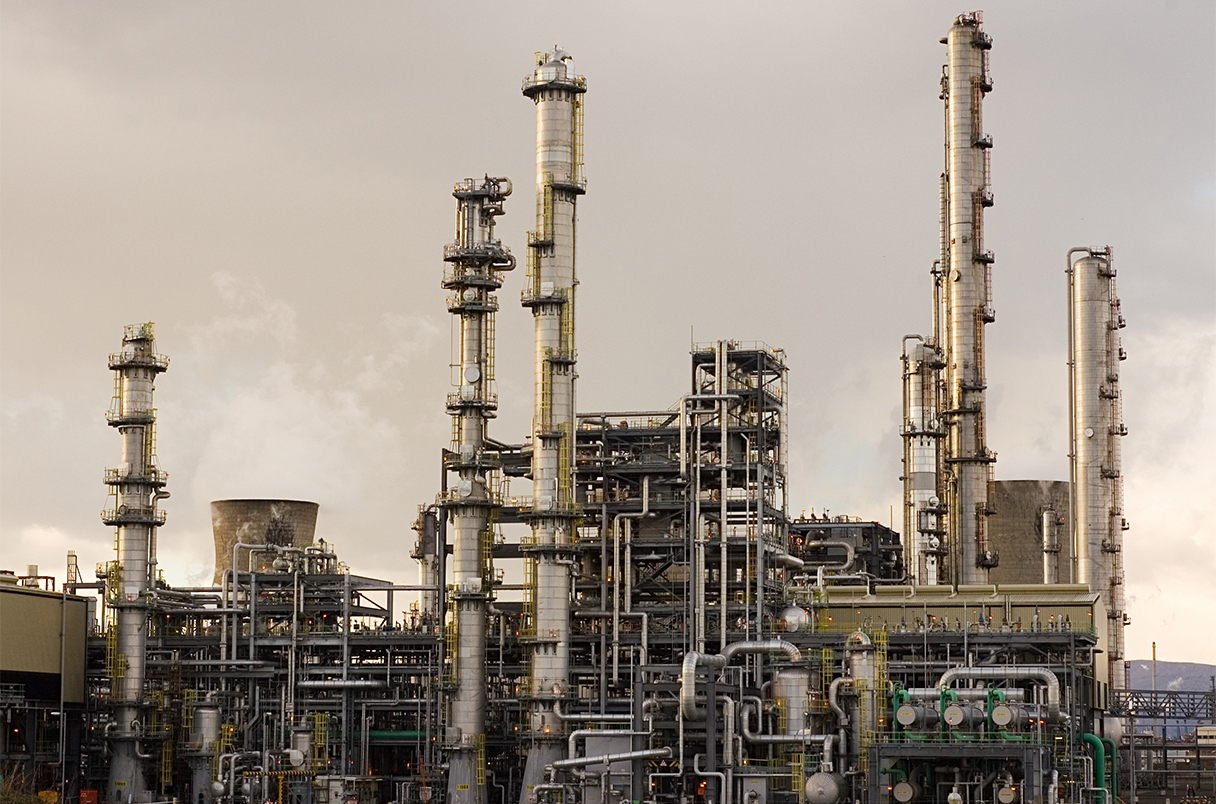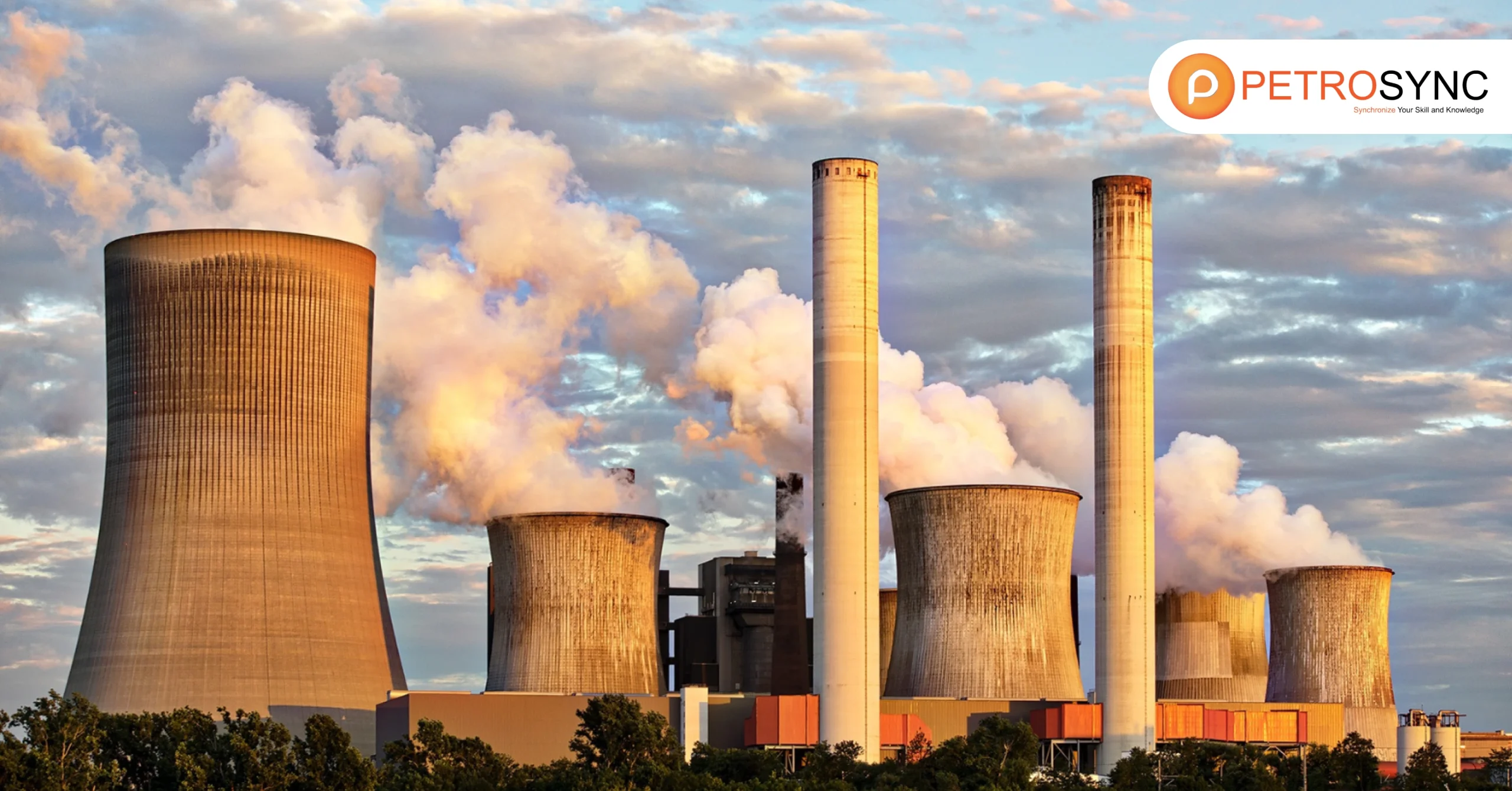In the ever-evolving oil and gas landscape, challenges in transportation, storage, and distribution are commonplace. The midstream sector addresses these challenges, ensuring that oil and gas products are safely transported from upstream producers to downstream refiners and distributors. With the increasing demand for energy worldwide.
Midstream Oil and Gas solutions offer innovative approaches to streamline operations, reduce risks, and enhance the reliability of energy delivery. These solutions include the development of pipelines, storage facilities, and transportation methods that support the efficiency of the oil and gas supply chain.
By connecting the upstream and downstream sectors, Midstream Oil and Gas creates a bridge between production and consumption. As businesses face pressure to meet energy needs while optimizing costs, Midstream Oil and Gas innovations provide both immediate and long-term solutions. Whether you’re looking for oil and gas engineering expertise or the latest advancements in pipeline technology.
What Is Midstream?

Midstream refers to the points in the oil production process that fall between upstream and downstream. In this stage, particularly in the context of the oil and gas industry, raw materials like crude oil and natural gas are transported from where they are extracted to facilities where they can be processed and prepared for distribution.
This involves activities like transportation, storage, and refining to make the resources suitable for various uses. So, midstream activities play a crucial role in getting these energy resources ready for further steps in the overall process.
Midstream activities involve the transportation, storage, and refining of raw materials like crude oil and natural gas. This prepares the resources for various uses and plays a crucial role in getting them ready for further steps in the overall oil and gas production process.
These midstream activities bridge the gap between the initial extraction of resources (upstream) and their final distribution and consumption (downstream). After transporting the raw materials to midstream facilities, the processes remove impurities, separate valuable components, and ensure they meet quality standards.
The refiner can efficiently transport the refined products through pipelines, ships, or other means to locations where they are needed. In essence, midstream operations serve as the logistical backbone that facilitates the smooth transition of oil and gas resources from extraction to the end-users.
What Is An Example Of A Midstream?
A common example of a midstream, encompassing pipelines, trucks, railways, and ships, in the oil and gas industry is a pipeline system. Pipelines play a crucial role in transporting raw materials like crude oil and natural gas from extraction sites to refineries and processing facilities.
This transportation is a key midstream activity, as it occurs between the initial extraction (upstream) and the final distribution and consumption (downstream) of the refined products. Essentially, pipelines serve as a vital infrastructure for the midstream sector, facilitating the efficient movement of resources in the production process.
Is A Refinery Midstream?
No, a refinery is considered part of the downstream sector in the oil and gas industry while the midstream sector is the second of the three petroleum market stages. Midstream refers to the transportation of crude or refined petroleum products, usually via pipeline, oil tanker, barge, truck, or rail. The final destination is refineries, which will then commence the downstream process.
What Are Considered As Midstream Activities?
Certainly. Midstream activities in the oil and gas industry involve several detailed processes that facilitate the transportation and preparation of raw materials for further use. Here’s a more detailed explanation:
1. Transportation
- Pipelines: One of the primary midstream activities is the use of pipelines to transport crude oil and natural gas over long distances. Pipelines are efficient and cost-effective for moving large volumes of these resources.
- Trucks: In some cases, especially for shorter distances or remote locations, trucks are used to transport crude oil or refined products.
- Railways: Rail transportation is another method, particularly for areas where pipelines may not be feasible or economical.
- Ships: For international transport, oil tankers and barges are used to carry large quantities of crude oil or refined products across oceans and waterways.
2. Storage
Midstream involves the construction and operation of storage facilities such as tanks and terminals. These facilities store crude oil before it is transported to refineries, helping to manage fluctuations in supply and demand.
3. Refining
While the primary refining process occurs downstream, midstream activities may involve initial refining steps to remove impurities and separate valuable components from crude oil. This prepares the resources for further processing in downstream refineries.
4. Quality Control:
Midstream operations focus on maintaining the quality of the raw materials during transportation and storage. Quality control measures ensure that the crude oil and natural gas meet specific standards before reaching downstream facilities.
5. Logistics and Coordination:
Coordinating the movement of resources involves complex logistics. Midstream companies manage schedules, routes, and the overall flow of materials to ensure a steady supply to downstream refineries and processing plants. Midstream activities are crucial in oil and gas, managing transportation, storage, and initial processing of raw materials for further use.
What Are Some Examples of Midstream Companies?
1. Kinder Morgan
Kinder Morgan is one of the largest companies globally. They operate pipelines transporting natural gas, refined products, and crude oil. An interesting case study involves their Trans Mountain Pipeline expansion in Canada, aiming to enhance the capacity for transporting crude oil from Alberta to the British Columbia coast for export.
The project faced regulatory and environmental challenges, showcasing the complexities midstream companies navigate in expanding crucial infrastructure.
2. Enterprise Products Partners
Enterprise Products Partners is a major player in midstream operations, with a focus on pipelines, storage, and processing facilities. An interesting case study involves their ethylene export terminal in Texas. This facility highlights the role of midstream in supporting the petrochemical industry, as it enables the export of ethylene, a key component in plastics production, to international markets.
3. TransCanada (now TC Energy)
TC Energy is known for its extensive network of natural gas pipelines. The Keystone XL pipeline project, connecting Canadian oil sands to refineries in the U.S., exemplifies the challenges midstream companies face in gaining regulatory approvals. The project faced environmental concerns and geopolitical considerations, reflecting the complexities in executing large-scale midstream infrastructure.
4. Williams Companies
Williams Companies operates pipelines and infrastructure for natural gas. An interesting case involves their Atlantic Sunrise project, expanding the Transco pipeline to increase natural gas delivery capacity. This project highlights investments’ role in meeting clean energy demand and pipelines’ role in transporting natural gas.
5. Enbridge
Enbridge is a major midstream company with a focus on pipelines for oil and natural gas. The Line 3 Replacement Program in the U.S. is a notable case study. The project aimed to replace an aging pipeline, improving safety, capacity, and modernizing infrastructure while addressing regulations. These examples show how mid-sized companies play a key role in developing and maintaining energy infrastructure, addressing industry challenges.
Join PetroSync Training to Master Midstream Oil and Gas
For professionals aiming to excel in Midstream Oil and Gas, PetroSync offers specialized training on pipeline design, transportation, and safety. Courses provide essential knowledge and skills to navigate the oil and gas industry and advance careers with PetroSync’s resources. PetroSync offers free oil and gas training and advanced workshops to help professionals gain practical experience in the industry.

Results-oriented and thorough SEO specialist with extensive experience in conducting keyword research, developing and implementing digital website promotion strategies and plans, managing campaigns to develop company websites in the digital world, excellent knowledge of marketing techniques and principles, and attentive strong attention to detail.






